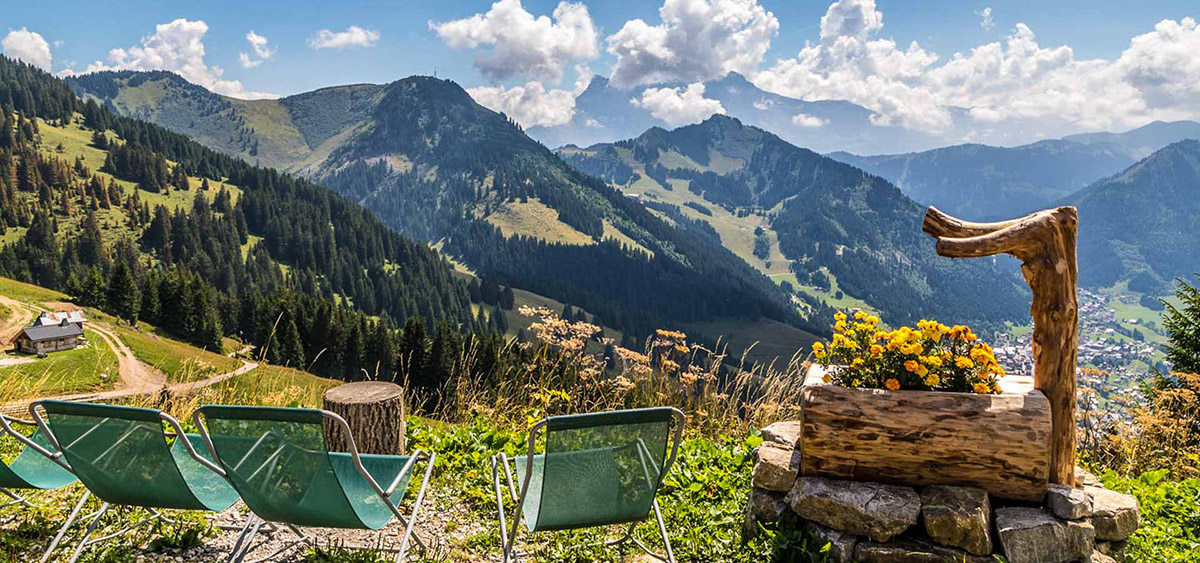
There is an extensive mountain range that crosses much of Europe: the Alps. Its mountains are majestic and many of them are famous, tourist destinations, protagonists of paintings, stories and a thousand stories.
Let's meet today how are the alps and that destinations lovely has for us.
The Alps
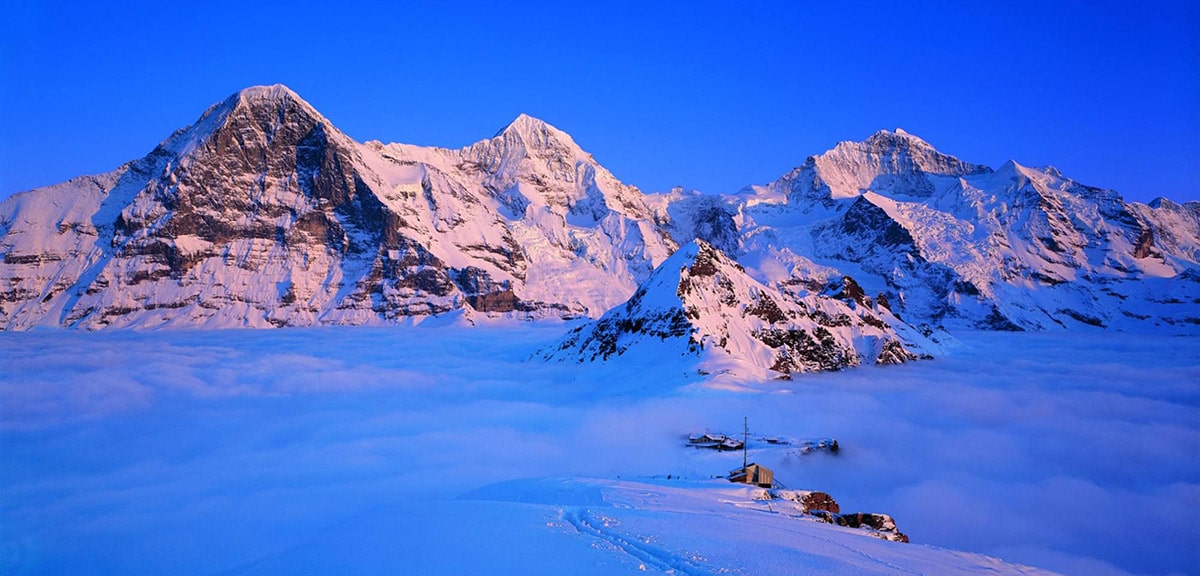
The Alps they travel more or less 1200 kilometers crossing eight countries from west to east on the European continent. So many kilometers seem like a lot but in truth they are not that many, and they occupy a small portion of a discontinuous chain that goes from the Atlas Mountains in North Africa to the Himalayas, in Asia, crossing Europe.
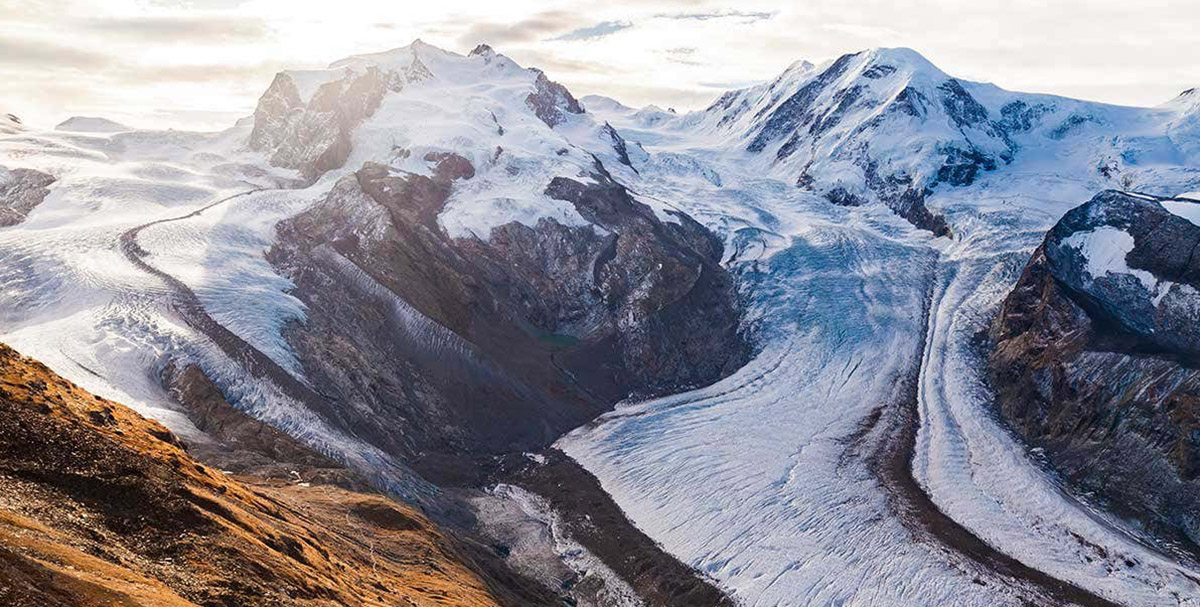
The Alps run from the north, from the Mediterranean coast near Nice, France, to Lake Geneva and turn east-northeast toward Vienna. They touch the Danube there, in the Vienna Woods, and disappear into the plain. What countries cross the Alps? France, Italy, Switzerland, Germany, Austria, Slovenia, Croatia, Bosnia and Herzegovina, Montenegro, Serbia and Albania. Of these countries only Austria and Switzerland can be seen as truly alpine countries.
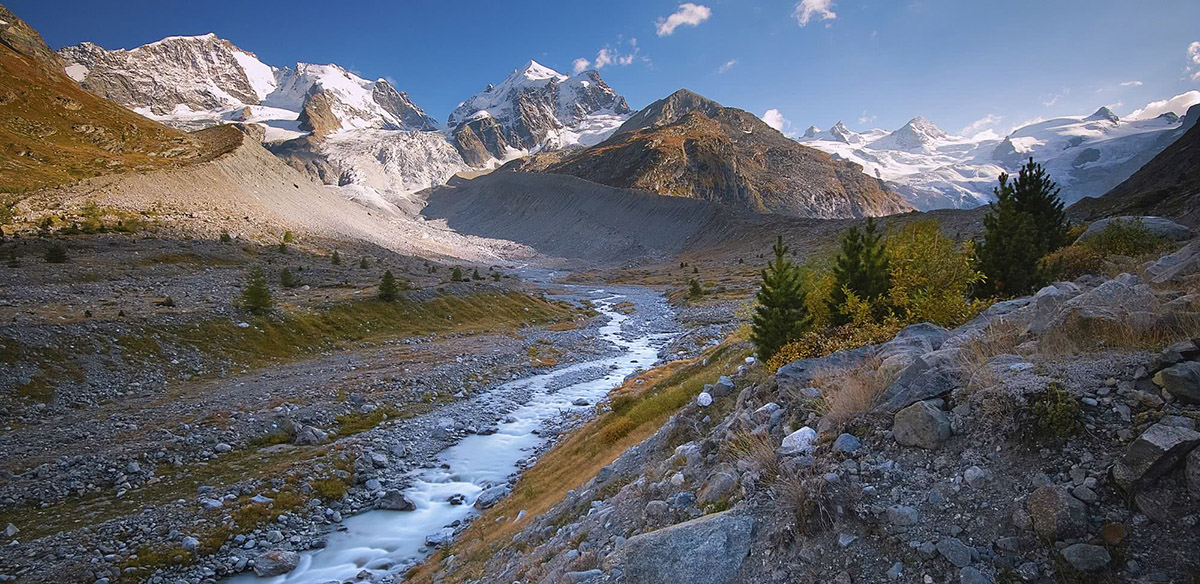
The Alps occupy about 207 thousand square kilometers and without a doubt they are one of the symbols of the continent. And that in no way can be compared to mountain ranges that have been formed more or less the same millions of years ago as the majestic Andes or the Himalayas. But Europe is Eurocentric, so hence these mountains are sometimes more popular than the others.
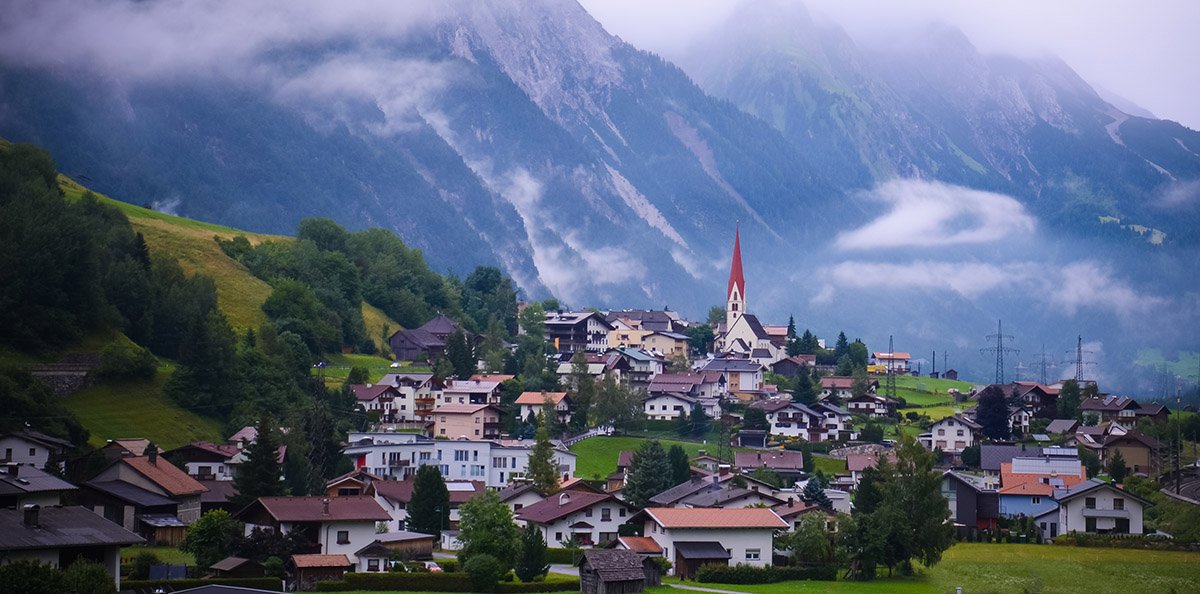
The Alps have been and still are the engine of many national economies. If for centuries the economy was pastoral, since the XNUMXth century the industry predominates based on the materials that the mountains themselves provide: iron deposits, the waters used in hydroelectric plants, aluminum, the chemical industry, steel ... And, why not, tourism, industry without chimneys.
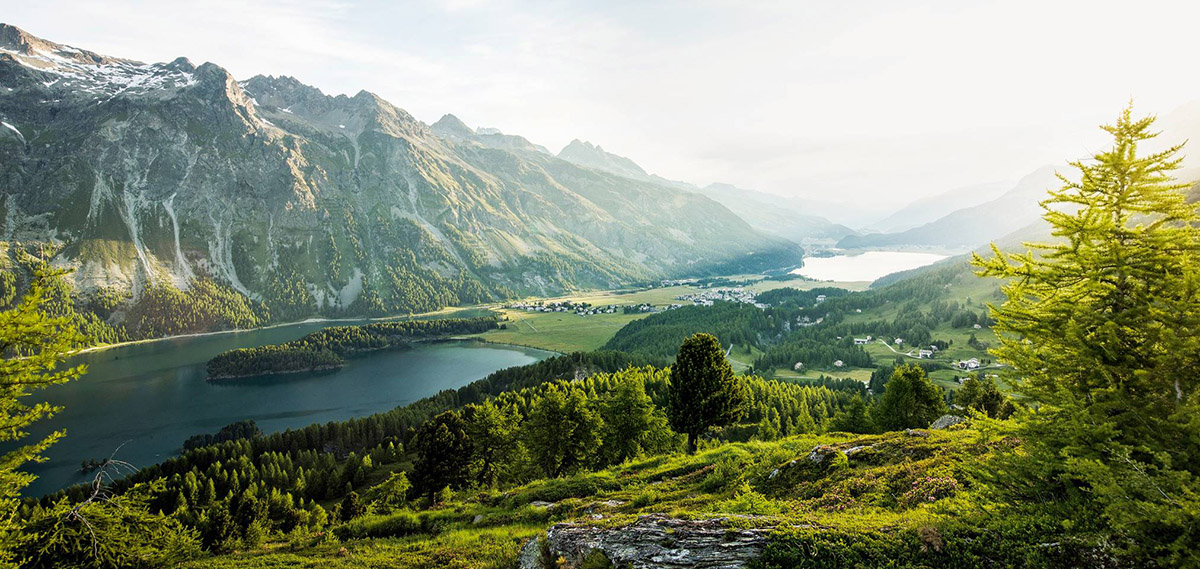
But what is the origin of the Alps? This mountain range formed between 65 and 44 million years ago, at the end of the Mesozoic period. The first geological profile then underwent modifications over time, the glaciation, for example, greatly shaped the Alps, forming majestic peaks, wide and deep valleys, waterfalls, deep lakes, hills and so on. At that time Lake Constance, the Salzkammergut, the Staubbach waterfall, the Matterhorn or the Grossglockner, for example, were born.
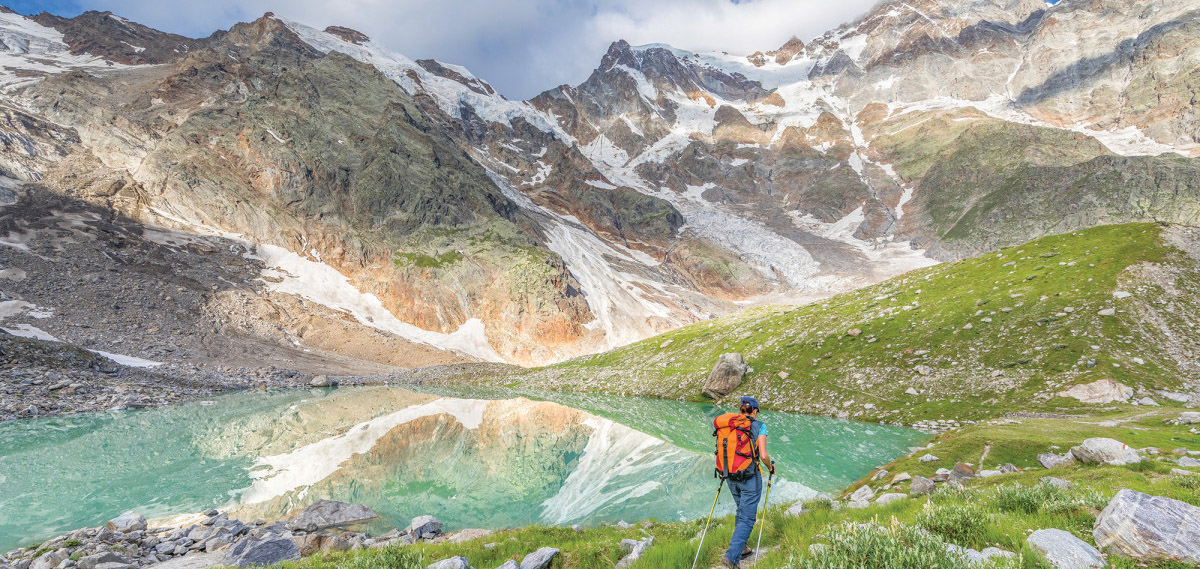
Thus, in our day, the Alps are divided into the Western Alps, the Central Alps, and the Eastern Alps segments which are different mountain ranges. The Western Alps start in the north from the coast, crossing southeast France and northeast Italy towards Lake Geneva and the Rhône Valley in Switzerland. Here are the Maritime Alps, lower and close to the Mediterranean Sea, and the deep Verdon Canyon or the frozen peaks of the Mercantour Massif and the Mont Blanc with 4.807 meters high, the highest peak in all the Alps.
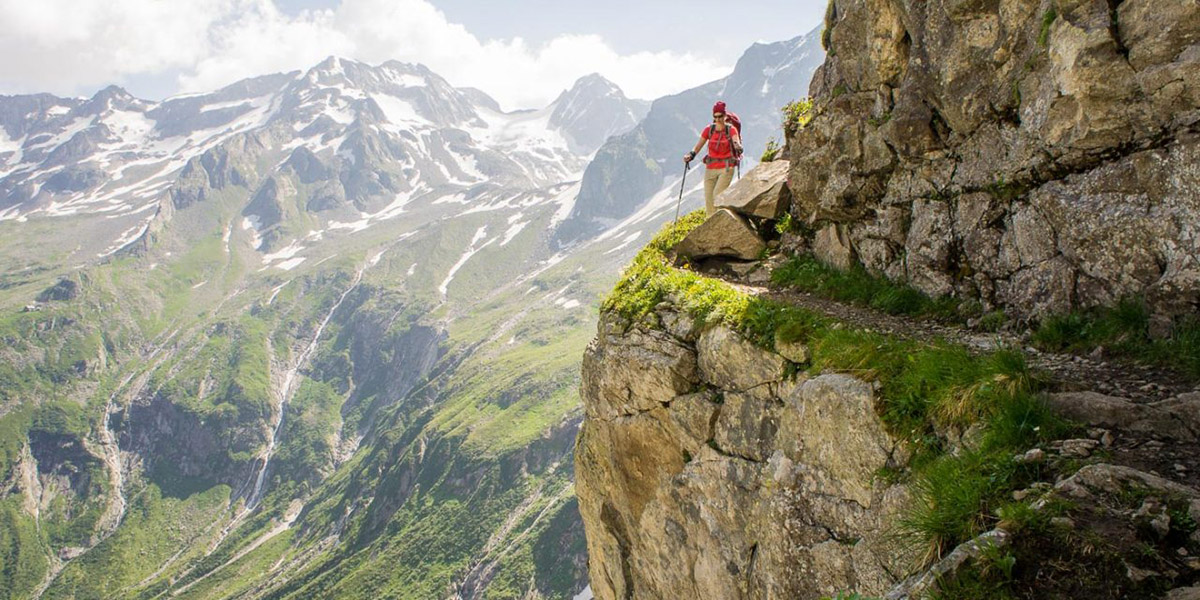
The Central alps They range from the San Bernardo Pass, east of Mont Blanc and on the Swiss-Italian border, to the region of the Splügen Pass, north of Lake Como. In this area that we have just demarcated there are very popular peaks such as Matterhorn, the Finsteraarhorn, the Weisshorn and the Dufourspitze, all soaring. There are also the glacial lakes of Maggiore and Como, which drain into the Po River.
On the other hand, Eastern alps they are part of the Rätische Mountain Range in Switzerland, the Bavarian Alps in Germany and western Austria, the Dolomites in Italy, the Julian Alps in northeastern Italy and northern Slovenia, the Tauern Mountains in Austria or the Dinaric Alps on the Balkan Peninsula. The rivers in the area are the Mur, the Drau, the Sava, the Salzach, the Enns or Lake Garda.
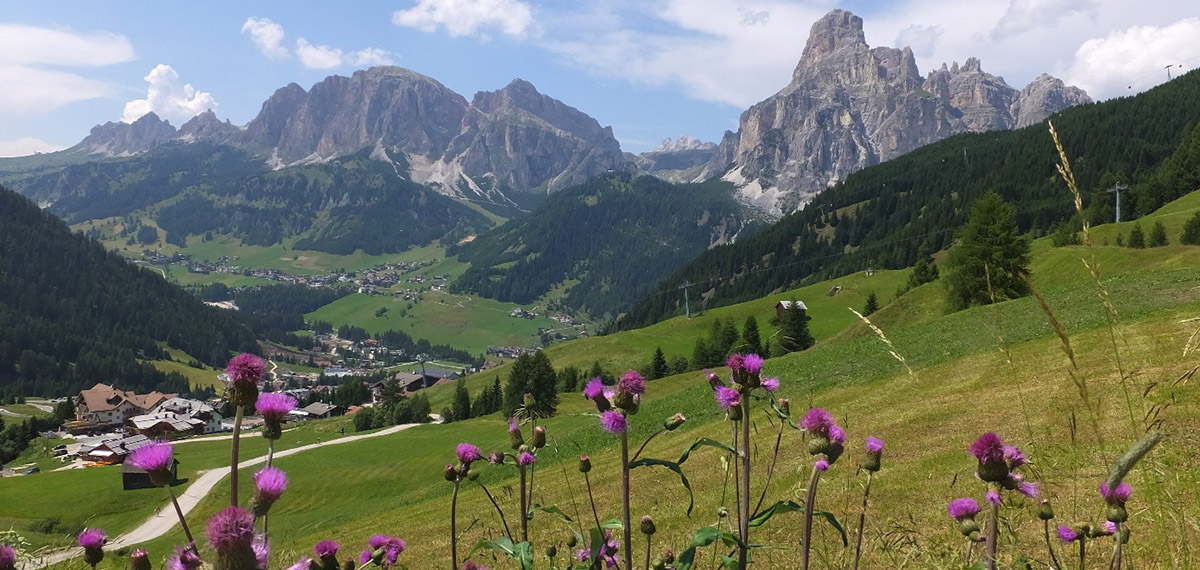
The truth is that the relief of the Alps is quite uneven: the highest mountains are to the west, in the Mont Blanc massif and in the Finsteraahorn massif, the area of the Monte Rosa or Weisshorn massif. But it is true that each country has its highest alpine mountain. For example? Well, in Austria it is the Grossglockner, in Germany the Zugspitze, in Slovenia the Triglav.
However not only the relief of the Alps is uneven but also the climate. Due to the variation in height there is variation in climate, not only between mountain ranges but in the same mountain ranges. The Alps are primarily affected by four climatic influences: from the west comes a temperate and humid climate, from the north a colder and more polar climate, from the east a drier and colder climate that brings hot summers, and from the south the warm Mediterranean air.
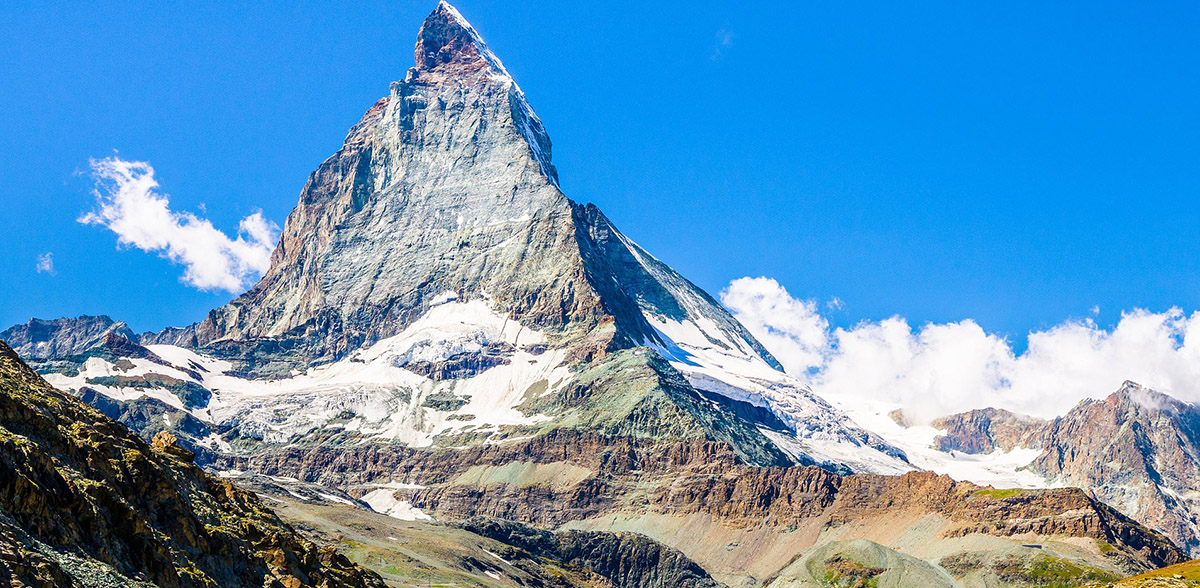
Now, here we are interested in tourism so ...What do the Alps offer to travelers? Well, since the end of World War II, tourism has been growing and countries compete to attract travelers. In the Alps there are around 600 ski resorts and 270 of them are in Austria alone. Although one associates mountains with winter tourism, there is also a lot of summer tourism, so it can be said that there are many places whose economy is focused on tourism.
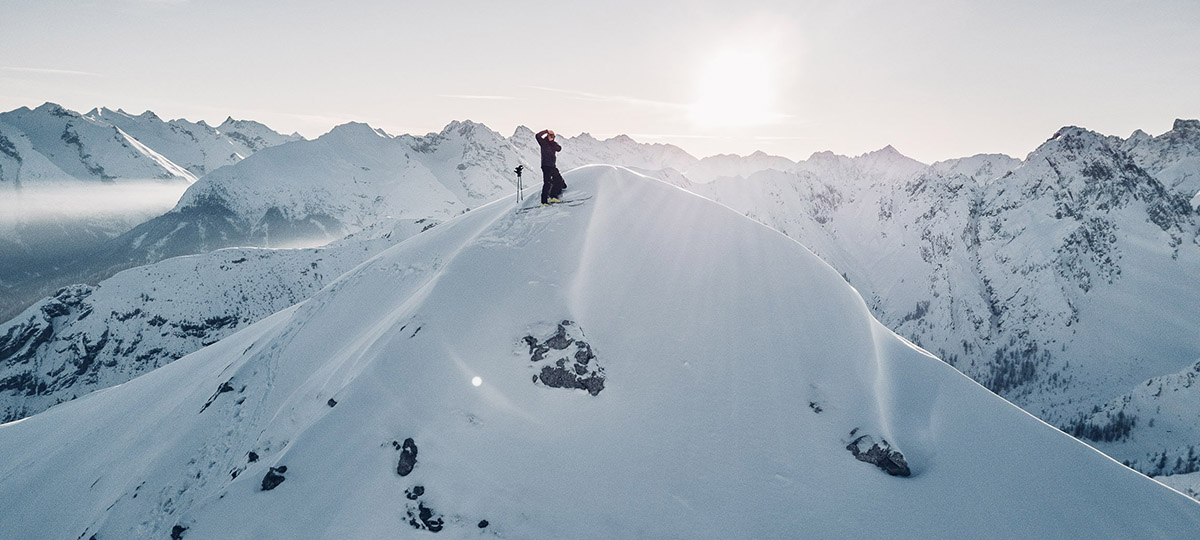
Luckily transportation problems are in the past. To the traditional mountain passes have been added routes, highways, railway lines, tunnels and obviously, airplanes, so today there is no unattainable alpine destination.

Where to go in the Alps? En Germany there are many charming destinations in the Bavarian Alps. The ski season lasts from the end of December to April and the summer between the end of May and the beginning of November. The largest resorts in the area is the Garmisch-Partenkirchen, a typical Bavarian break, but you can also visit Oberstdorf, Füssen and Berchtesgaden.
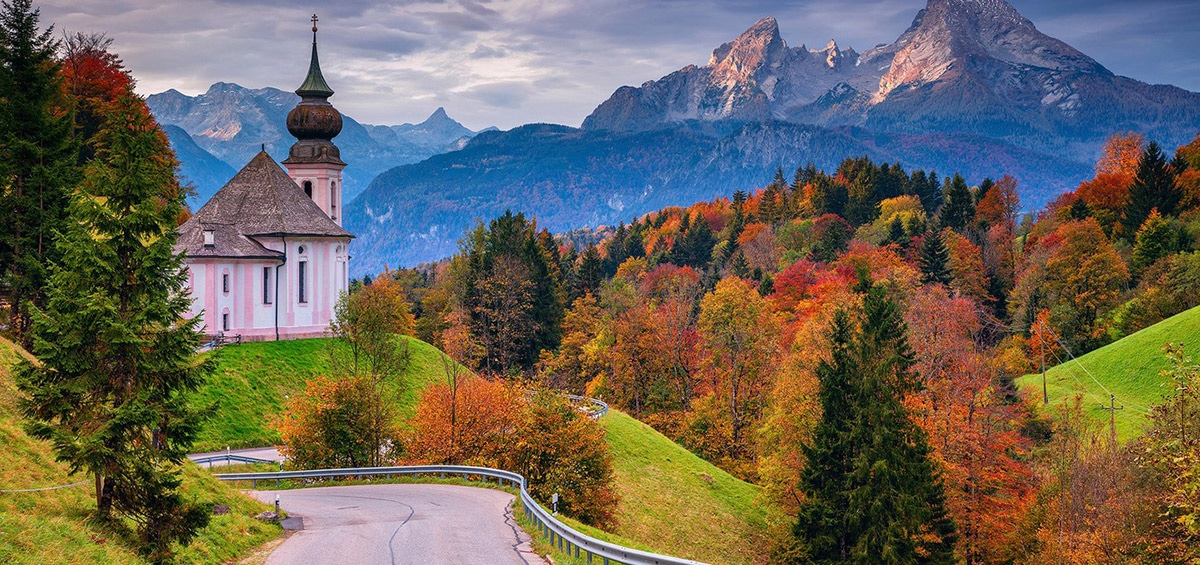
If you rent a car, one of the best alpine routes is the German Alpine Route that runs 450 kilometers from Lindau, on Lake Constance, to Schönau. The Alps in Austria they offer us the beautiful landscapes of the Danube valley and the Pannonian plain, as well as towns and cities that seem taken from postcards, in Slovenia the Alps and the Mediterranean Sea meet the same Pannonian plain and there are caves, forests, valleys, hills, waterfalls and lakes and mountains to roam.
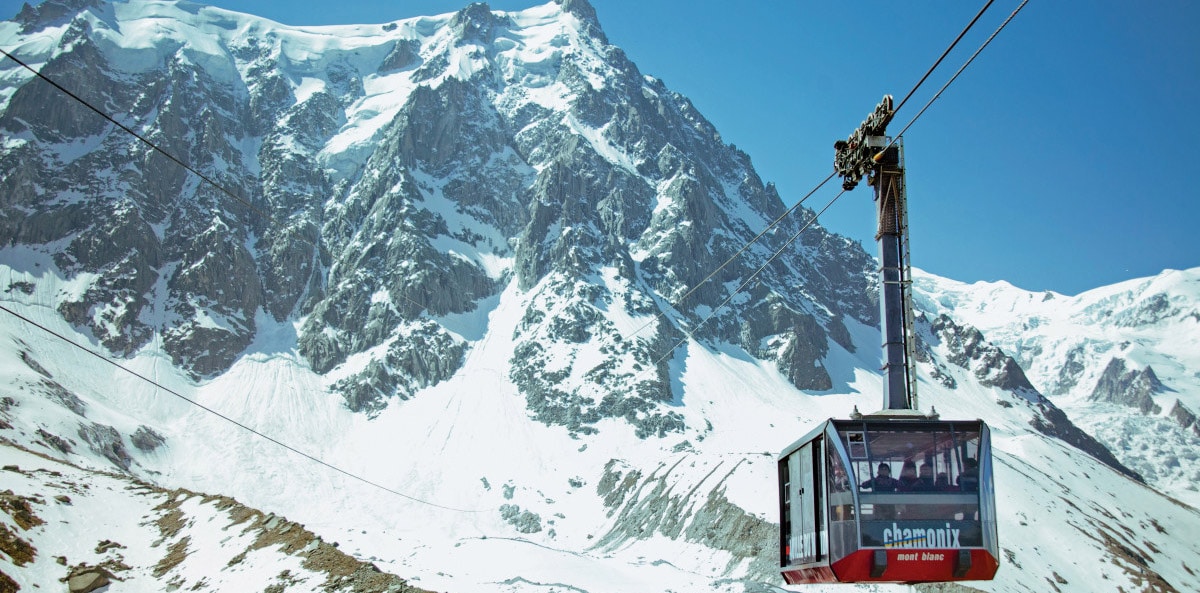
En France the Alps also create beautiful landscapes, with villages and castles, in Italy wonders also happen but as we said at the beginning, if you only want almost 100% alpine landscapes then ... your destination is Switzerland!
Switzerland has dream mountains, cogwheel trains, cable cars, ski peaks with panoramic towers, luxury and more accessible resorts, cosmopolitan cities and many cultures together. Anyway, I think it's clear that as a European destination, in winter or summer, the Alps.